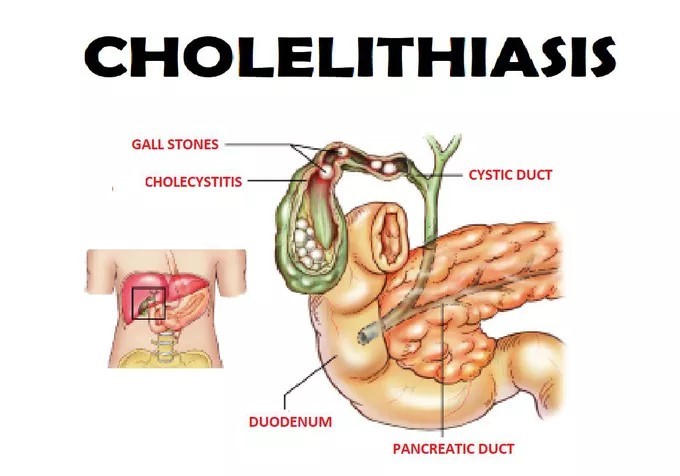
Cholelithiasis

04.12.2023
Cholelithiasis , Daily Current Affairs , RACE IAS : Best IAS Coaching in Lucknow
|
For Prelims:About the recent study, Important points, For mains paper:About Cholelithiasis, Reason, symptoms,About Gallbladder |
Why in news:
A recent study revealed a complex relationship between lipids and cholelithiasis.
Important points:
- A recent study published in the journal Gut highlights the complex link between serum lipids, lipid-modifying targets and cholelithiasis, a prevalent disease marked by gallstone production.
- The study, led by researchers from the First Hospital of Jilin University, used a combination of observational and Mendelian randomization (MR) methods for the analysis.
About the recent study:
- The study used data from the UK Biobank, a large-scale biobank resource, to examine the relationship between serum lipids (total cholesterol, LDL-C, HDL-C, and triglycerides) and cholelithiasis risk.
- The researchers found that serum LDL-C and HDL-C levels were inversely associated with cholelithiasis risk, indicating that low LDL-C and high HDL-C levels were associated with a reduced risk of gallstone formation.
- The relationship between serum total cholesterol and cholelithiasis was non-linear, with lower cholesterol levels being associated with increased risk of gallstones.
- This finding contradicts conventional wisdom, which suggests that low cholesterol levels are generally beneficial to health.
About Cholelithiasis:
- The condition of having stones in gallbladder is called cholelithiasis.
- It is a common hepatobiliary condition that mostly affects the Western population.
- It is a major risk factor for cholangiocarcinoma, a type of bile duct cancer.
- Gallstones are hard deposits of digestive fluid that form in the gallbladder.
- These stones are generally made of cholesterol or bilirubin
Reason:
Gallstones are caused by excess bilirubin and cholesterol in the bile. Gallstones are divided into two types according to the cause of their occurrence:
- Cholesterol stones: These types of stones are the most common type of gallstones and are not linked to cholesterol levels in the blood.
- Bilirubin stones: These are also called pigment stones. This type of stones are formed due to excess bilirubin.
symptoms :
There are no symptoms of cholelithiasis or gallstones. However, these symptoms may occur in some cases.
- Pain with cramps in the upper right side of the abdomen, which persists for several hours.
- nausea and vomiting
- mild fever or shivering
- Yellowing of the skin, called jaundice
- Tea colored urine, light colored stools
- pain between the shoulder blades
- right shoulder pain
Treatment :
- It can be treated with medications or procedures.
About Gallbladder:
- The gallbladder is a small, pear-shaped organ that lies beneath the liver and stores bile produced by the liver.
- Bile is a fluid in which various substances like cholesterol, bilirubin, bile salts and lecithin are found.
In this, fat is released into the small intestine through the cystic duct and common bile duct to aid digestion.